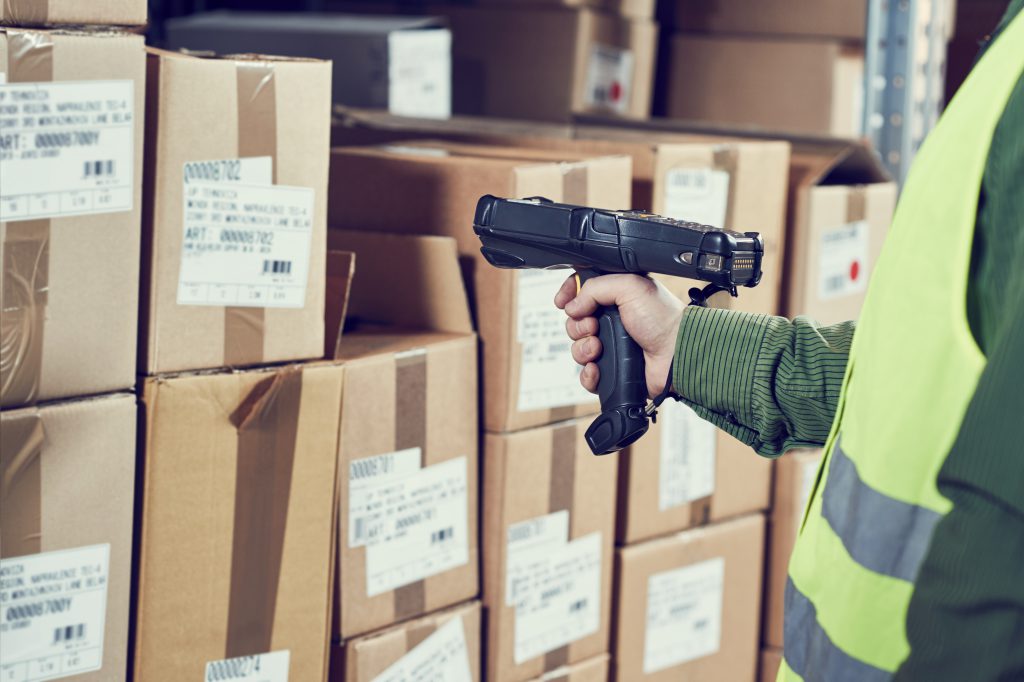Warehouse Staff Shortages “Make Supply Chain Automation an Imperative”
4th September 2017

Staff shortages are making the role of automation even more important in the logistics and supply chain sectors, a leading sector expert has claimed. “The effects of Brexit and the weak pound make it less attractive for overseas workers to seek employment in the UK, creating significant resource gaps in warehouses and distribution centres,” said Darren Wildman, Vice-President of Asset Management at Apex Supply Chain Technologies.
According to Wildman, retail warehouses and distribution centres typically take on 30 to 50 per cent more staff to cover Black Friday and Christmas. These peak periods for the supply chain are just around the corner and represent not only the busiest time of the year for the retail sector but also the one which ultimately governs its financial success for the year. However, there is a real chance that this year the required numbers of supply chain staff, many of whom typically come from overseas, will not be available, placing greater pressure on core teams and resources.
In fact, companies are finding it harder to recruit staff and as a result, pay rates for permanent and temporary staff are escalating, according to a recent survey of employment agencies by Markit for the Recruitment and Employment Confederation. “The situation is exacerbated by the continuing shift to online shopping,” said Wildman. “It all puts pressure on distribution centre operations. Both issues are driving fundamental changes in business processes and supporting IT infrastructure.”
One of these key changes is making process automation a critical priority to ensure available staff are operating at peak efficiency. A clear opportunity to make significant improvements is the management of mission-critical devices, including handheld scanners, voice headsets, walkie talkies and tablet computers. These valuable devices represent a significant investment in every supply chain. But this investment is not managed effectively or efficiently – if it is managed at all.
“At the start of their shift, warehouse staff need to be able to get on with their job without having to wait or search for the items they need,” said Wildman. “Manual systems for issuing these mission-critical items are frequently inefficient in ensuring availability when and where needed, leaving staff and supervisors frustrated and unable to perform their duties effectively, and a backlog of orders building up.”
An automation best practice in use by some of the biggest brands in the world exists in the form of ‘smart’ lockers which hold these items when not in use. Once in place, queues at cages for device issue and receipt disappear and so do the staff costs associated with this slow manual process. The need to buy or rent additional items to cover unavailability is also removed, with an immediate impact on the bottom line. The automated, self-serve lockers have this impact by issuing each staff member their device in around 3 to 5 seconds. Employees simply scan their I.D badge, repeating the process at the end of their shift.

